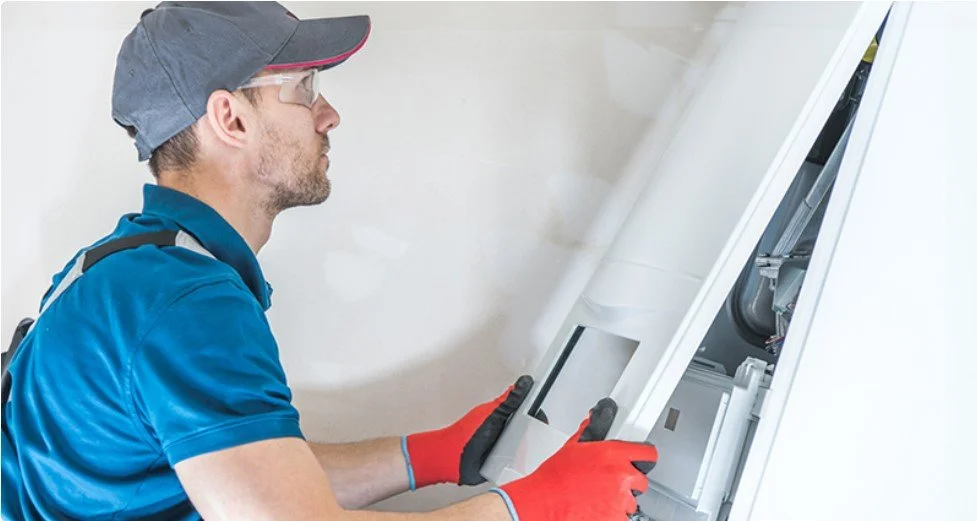Basement Checklist
How many of you were afraid to go down into the basement when you were a kid? The creaky stairs, the darkness, the moldy smell… However, as an adult, the basement can be just as scary. The maze of plumbing pipes, hanging electrical wires, cracks in the foundation, the clanking furnace; it’s enough to make you go screaming back up the stairs.
Basements are vulnerable to water damage, rot, and invasion by pests such as termites and rodents. Checking your basement and the various household systems is important throughout the year, however, as the official start of spring approaches, it's vital to get your basement act together.
Here's a checklist to make for a safer, more comfortable basement, without the frightening leaks, squeaks or monster utility bills.
Have your furnace inspected by a licensed heating contractor. Most HVAC companies (Heating, Ventilation, Air Conditioning) even have “Service Clubs” that offer free furnace/air conditioning check-ups and discounts on services. Also make sure to change your air filters monthly during colder winter and early spring months. Make sure your humidifier on your furnace is also at the proper setting to stop condensation build-up on your windows.
Look for separating ducts at joints and connections to equipment for leaks. This is one of the few jobs that duct tape cannot fix (see photo for an example of what NOT to do! Use heavy metallic tape or a paint-on elastomeric sealer.
Make sure your heat ducts are insulated to improve efficiency. You can use a spray adhesive to anchor insulation if it’s loose. If you have questions, or think that your current insulation may contain asbestos, go to the American Lung Association’s website and click on Air Quality.
Check for leaks at all plumbing pipes and repair/replace leaking ones. A prime spot for corrosion is at the hot/cold port junction on the water heater.
Check for carbon monoxide, especially around your dryer and furnace. EVERY home needs a carbon monoxide detector on EACH level. Your carbon monoxide detector should be placed about 4 feet off the floor. Also place a detector near an attached garage. CM is odorless and lethal in large concentrations. And with the colder weather keeping us inside with closed doors and windows, deaths from CM increase dramatically.
Caulk any cracks in concrete walls. Cracks and gaps that allow water to enter should be filled with hydraulic cement. You can imagine how important this is with spring thaws and water runoffs.
To minimize water entry into your basement, make sure gutters and downspouts are clear of debris. They should also discharge a few feet from the foundation. You also want to make sure the grade around your house slopes away from the foundation. Grading needs to be done every few years to ensure proper drainage.
If water does make its way into your basement, or you live in an area that sees a lot of rain and/or flooding, you need a sump pump which will pump water safely away from your house. Water should be expelled a few feet away from your home's foundation.
If your laundry room is in the basement, replace any rubber water supply hoses with braided, stainless-steel ones to prevent burst hoses and flooding. Save energy and prevent a potential fire by disconnecting the dryer duct and removing lint buildup. As standard procedure, clear the lint tray after each use. You’d be surprised at how much “stuff” gets caught in these trays!


